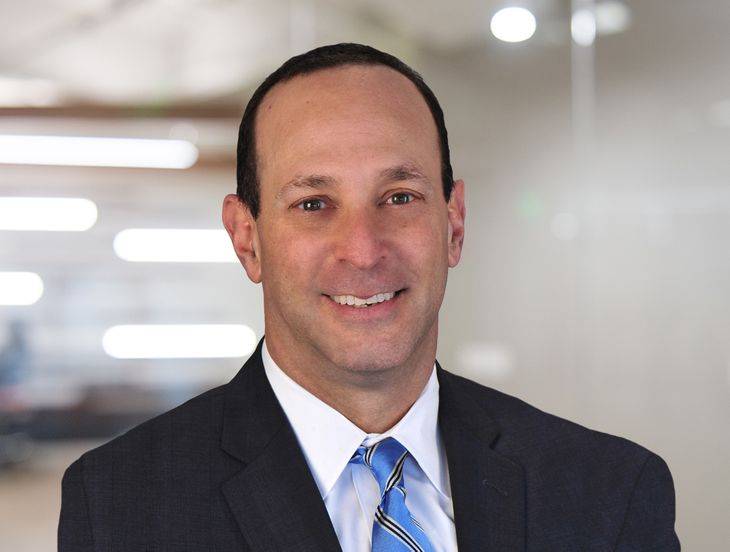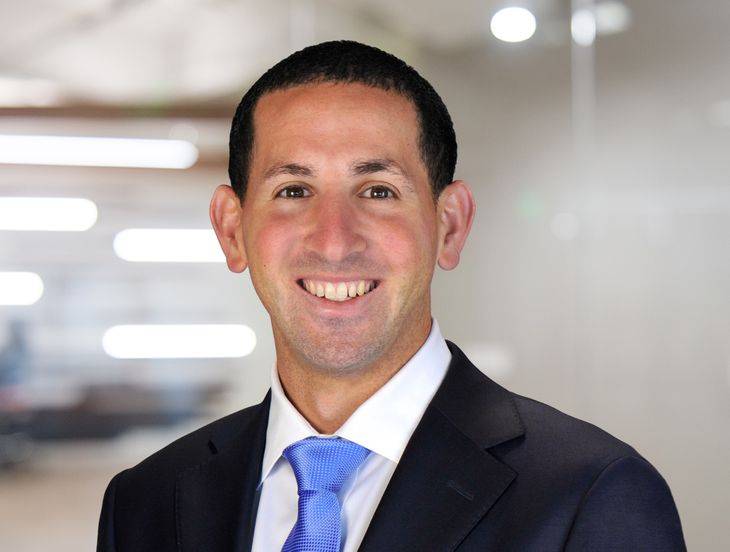7 Steps Your Business Must Take to Comply with San Francisco’s New High-Risk Environment Vaccine Mandate
Insights
8.13.21
San Francisco Mayor London Breed just announced enhancements to the city’s Department of Public Health Order setting forth new vaccination requirements for high-contact indoor business such as gyms, restaurants, bars, and theaters. Your business must comply with these new requirements by August 20, so the time to understand your compliance obligations is now. What are the seven steps your business must take as a result?
August 12 Enhancements to the Health Order
The enhancements to the Health Order require employers in high-contact indoor sectors – such as those that serve food or drinks (like bars, restaurants, and clubs), theaters, entertainment venues, indoor gyms, and other fitness establishments – to do the following:
- Require all patrons age 12 and older to show proof that they are fully vaccinated effective August 20, unless the patron is getting food or drinks to go.
- Ascertain the vaccination status of all employees no later than August 20 (a sample Employee Vaccination Program Ascertainment Form is available here).
- Require all employees to provide proof that they are fully vaccinated by October 13, 2021.
- Conspicuously post this sign for patrons informing them of the requirement of full vaccination.
- Post this sign in employee breakrooms or other similar areas informing staff of the requirement to provide proof of full vaccination.
Proof of Vaccination
Notably, the enhancements to the Health Order allow businesses to accept the following as acceptable proof of full vaccination:
- The CDC vaccination card, which sets forth the full name of the person vaccinated, type of vaccine provided, and the date the last dose was administered, or similar documentation issued by another foreign government jurisdiction;
- A photo or copy of a vaccination card as a separate document;
- A photo of a vaccination card stored on a phone or electronic device;
- Documentation of vaccination from a healthcare provider; or
- A personal digital COVID-19 vaccine record issued by the state of California or similar documentation issued by another state, local, or foreign governmental jurisdiction.
Additional Rules for Large Events
Section 7 of the Order further addresses events by creating a new large indoor event category for events with 1,000-4,999 patrons. This category triggers all of the requirements above regardless of the presence of food/beverage, and requires the submission of a Health and Safety Plan to the Department of Public Health (a template can be found here) at least 10 business days prior to tickets being sold to the event. Additionally, Section 7 removes the ability to show proof of a COVID-19 negative test for entry into “mega” events. Any organizer/host of a large or mega event should read Section 7 closely as there are a number of nuanced points related to when various aspects of the vaccine requirement become effective.
Prior Revisions to the Health Order Remain in Effect
The August 2, 2021 revisions to the Health Order offer additional workplace COVID-19 guidance for employers, including the City and County of San Francisco. They cover issues such as signage, mega-events, and reporting requirements. They also requires that all workers in “high-risk” settings, unless they fit into a narrow exception, receive a COVID-19 vaccine before September 15, 2021. Also, the revisions to the Health Order generally require all employees who may occasionally or intermittently enter a high-risk setting as part of their job receive a COVID-19 vaccine before October 13, 2021.
The high-risk setting vaccination requirement adds to the growing list of San Francisco vaccination policies. In June 2021, San Francisco announced that all city employees will be required to get vaccinated within 10 weeks after a COVID-19 vaccine receives full FDA approval. The San Francisco Bar Alliance is also currently discussing requiring patrons to provide proof of vaccination.
There is also a face covering requirement for employees in the workplace, with some exceptions, regardless of vaccination status. It also maintains face covering requirements in other settings, consistent with federal and state rules.
Who Is a Covered Employer?
The Health Order covers business and government entities. This includes for-profit, non-profit, and educational organizations. It also contains more stringent guidelines for employers in “high-risk” settings. Specifically, it defines a high-risk environment as “certain care or living settings involving many people. . . where vulnerable populations reside out of necessity and where the risk of COVID-19 transmission is high.” For instance, this may include residential care facilities, homeless shelters, and jails.
Who Is a Covered Worker?
The Health Order is quite broad. It covers employees, independent contractors, app-based gig workers, contractors, sub-contractors, on-site vendors, volunteers and all other individuals who regularly provide on-site services.
What Must Covered Employers do to Comply?
There are seven steps your business should take to comply with the newest Health Order.
- COVID-19 Screening. You should develop and implement a COVID-19 screening system. The system should ask workers to evaluate their symptoms before coming to work. If a worker is sick with COVID-19 symptoms, you must allow them to stay home.
- Mandatory Reporting. You should also require workers to notify you immediately after testing positive for COVID-19 if they were at the workplace 48 hours before they started experiencing symptoms or tested positive (or within 10 days if they were asymptomatic). If a workplace has three or more reported cases in 14 days, you must report the outbreak to the Department of Public Health.
- Signage. You are no longer required to post signage about social distancing for your employees and patrons, but are encouraged to continue doing so. The signage for patrons should include guidance on COVID-19 prevention and transmission. However, you must post signage about the requirement that all employees and patrons must be fully vaccinated to enter.
- Mega Events. At events with 5,000 or more people attending indoors or more than 10,000 people attending outdoors, organizers must send a proposed plan to a Health Officer before the event. In addition, patrons over 12 years of age must either show proof of vaccination or a negative COVID-19 test.
- Outdoor Activity and Ventilation. If possible, you should encourage outdoor operations. You should also follow city indoor ventilation guidance.
- Vaccine Requirements for High-Risk Settings. Workers in high-risk settings must be fully vaccinated no later than September 15, 2021, unless they fit into one of the limited exceptions. Workers are considered fully vaccinated if it has been two full weeks since their final vaccine dose. However, workers can submit a declination form if they fit into one of the limited exceptions for religious beliefs or medical reasons. Exempt workers must wear a well-fitted mask and receive a COVID-19 test weekly. They can also request an N-95 respirator from their employer. In addition, you must determine the vaccination status of employees who routinely work onsite in high-risk settings by no later than September 15, 2021, and preclude unvaccinated employees who may occasionally or intermittently enter those settings from entering those facilities after October 13, 2021.
- Mandatory Face Coverings for All Employees. You must now require employees (among others) to remain masked in the workplace, effectively superseding the Cal/OSHA COVID-19 Temporary Emergency Standard that allows vaccinated employees who documented that status to remove their masks.
Are There Any Exceptions?
There are no exceptions for covered businesses. However, there are limited exceptions to the vaccination requirement in high-risk settings.
What Are the Penalties for a Violation?
The Health Order instructs the Sheriff’s Office and Chief of Police to enforce its provisions. It does not specify the appropriate fine or punishment.
Conclusion
Under the new Health Order, you should ensure your COVID-19 signage, screening procedures, and reporting protocol are up to date. You should also evaluate if you do work in a high-risk setting. If so, they should consider how you will record your workers’ vaccination status.
You should also decide if it you are covered by the California Consumer Privacy Act. You should also provide requisite notice and maintain confidential files for the medical information. Finally, if you operate in high-risk settings, you should train supervisors on the scope of permissible inquiries and responses regarding an employee’s refusal to get vaccinated.
The San Francisco Department of Public Health is frequently updating its health orders. You should make sure you are complying with the most recent local, state, and national requirements. We will continue to monitor the rapidly developing COVID-19 situation and provide updates as appropriate. You should ensure that you are subscribed to Fisher Phillips’ Insight System to get the most up-to-date information. For further information, contact your Fisher Phillips attorney, the authors of this Insight, or any attorney in our San Francisco office.
Related People
-
- Jason A. Geller
- Regional Managing Partner
-
- Brandon Kahoush
- Partner

